Transregio 360
Quantenmaterie mit eingeschränkten Freiheitsgraden
Weniger ist mehr!
Wir nutzen sorgfältig ausgewählte Einschränkungen um Quantenzustände in Festkörpern zu erschaffen und zu manipulieren. Das Ziel ist es damit neue Quantenmaterialien herzustellen und mehr über Quantenmaterialien zu lernen.



Willst du mehr wissen?
Dann besuche doch unseren Blog und erfahre mehr über das Thema, besuche unsere Veranstaltungen oder entdecke unsere spielerischen Angebote rund um die Quantenwelt! All dies findet ihr auf der Seite unseres Outreach-Projektes.
Neuste Publikationen
Song, W.; Liu, G.; Deng, H.; Yang, T.; Li, Y.; Yan, X. -Y.; Liao, R.; Wang, Q.; Xu, J.; Yan, C.; Zhao, Y.; Qin, H.; Wang, D.; Jing, W.; Shen, D.; Nakayama, K.; Sato, T.; Setty, C.; Wu, D.; Song, B.; Ying, T.; Tian, Z.; Sakai, A.; Nakatsuji, S.; Kumar, H.; Kuntscher, C. A.; Wang, Z.; Xue, Q. -K.; Yin, J. -X. Many-body electronic structure in the pyrochlore superconductor CsBi2 and spin-liquid candidate Pr2Ir2O7 Journal Article Phys. Rev. B 112, 245131 (2025). @article{song_many-body_2025,The pyrochlore lattice materials can exhibit geometrical frustration, while the related many-body electronic states remain elusive. In this work, we performed scanning tunneling microscopy measurements on the pyrochlore superconductor CsBi2 and spin liquid Pr2Ir2O7 at 0.3 K. For the first time, we obtained atomically resolved images of their (111) surfaces, revealing a hexagonal lattice or a kagome lattice. Tunneling spectroscopy in CsBi2 reveals a nearly fully opened superconductivity gap. The ratio of 2Δ/𝑘_𝐵𝑇_C=4.7 suggests relatively strong coupling superconductivity, as compared with that in kagome superconductors 𝐴V3Sb5 (𝐴 = K, Rb, Cs). In contrast to the previous study categorizing CsBi2 as a type-I superconductor, the applied magnetic field induces a hexagonal vortex lattice in which each vortex core exhibits an intriguing threefold symmetry state. In Pr2Ir2O7, we observed a spatially homogeneous Kondo-lattice resonance, which is compared with that in the kagome Kondo-lattice material CsCr6Sb6. We further discover that the Kondo resonance exhibits a spatial modulation with threefold symmetry, and the applied magnetic field induces a Zeeman splitting of the Kondo resonance with intriguing atomic site dependence. We discuss the relations of these many-body electronic phenomena with the pyrochlore lattice geometry and its charge or spin frustration. Our systematic observations offer atomic-scale insights into the many-body electronic structures of the geometrically frustrated pyrochlore superconductors and spin liquids. |
Misawa, R.; Kitou, S.; Yamada, R.; Gaggl, T.; Nakano, R.; Shibata, Y.; Okamura, Y.; Kriener, M.; Baral, P. R.; Nakamura, Y.; Ōnuki, Y.; Takahashi, Y.; Arima, T.; Jovanovic, M.; Schoop, L. M.; Hirschberger, M. Successive orthorhombic distortions in kagome metals by molecular orbital formation Journal Article Adv. Mater. e13015 (2025). @article{misawa_successive_2025,The kagome lattice, with its inherent frustration, hosts a plethora of exotic phenomena, including the emergence of 3q charge-density-wave order. The high rotational symmetry required to realize such an unconventional charge order is broken in many kagome materials by orthorhombic distortions at high temperature, the origin of which remains much less examined despite their ubiquity. In this study, synchrotron X-ray diffraction reveals a structural phase transition from a parent hexagonal structure to an orthorhombic groundstate, mediated by a critical regime with diffuse scattering in the prototypical kagome metals RRu3Si2 (R = Nd, Pr). Structural analysis uncovers partially ordered bonds between kagome layers in the orthorhombic phases. Accordingly, a short-range correlated dimer model on the kagome layers reproduces the diffuse scattering, with the short-range order arising from competing structures induced by the geometrical frustration of the kagome lattice. The observations point to molecular orbital formation between Ru $4d_zˆ2$ orbitals as the driving force behind the transition, consistent with ab initio calculations. A framework based on electronegativity and a tolerance factor is proposed to evaluate the stability of the hexagonal phase in various kagome metals, guiding the design of highly symmetric materials. |
Chmeruk, A.; Jones, D.; Balducci, R.; Ebad-Allah, J.; Beiuşeanu, F.; Schilberth, F.; Kassem, M. A.; Schade, U.; Veber, A.; Puskar, L.; Tabata, Y.; Waki, T.; Nakamura, H.; Kuntscher, C. A.; Östlin, A.; Chioncel, L. Suppression of magnetism in Co3Sn2S2 under external pressure Unpublished (2025), arXiv:2511.08141. @unpublished{chmeruk_suppression_2025,The ability to control the magnetic state provides a powerful means to tune the underlying band topology, enabling transitions between distinct electronic phases and the emergence of novel quantum phenomena. In this work, we address the evolution of ferromagnetic state upon applying external pressures up to 10.8~GPa using a combined experimental and theoretical study. The standard emph{ab initio} Density Functional Theory computation including ionic relaxations grossly overestimates the unit cell magnetization as a function of pressure. In our theoretical analysis we identify two possible mechanisms to remedy this shortcoming. Matching the experimental observations is achieved by a symmetry-preserving adjustment of the sulfur atoms position within the unit cell. Alternatively, we explore various combinations of the exchange and correlation parts of the effective potential which reproduce the experimental magnetization, the structural parameters and the measured optical conductivity spectra. Thus, the pressure-dependent behavior of magnetization demands a careful theoretical treatment and analysis of theoretical and experimental data. |
Eindrücke von vergangenen Veranstaltungen
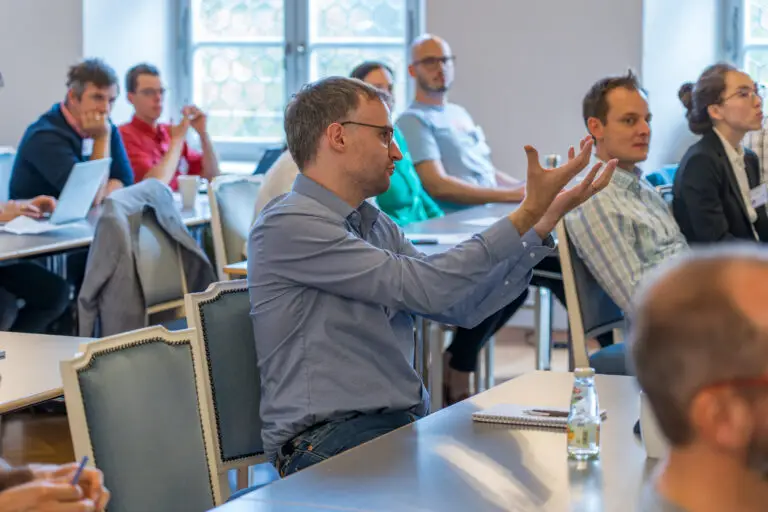

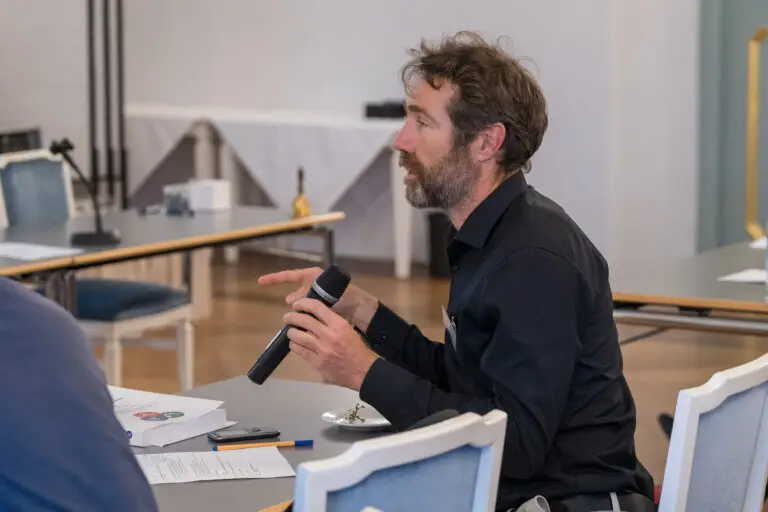
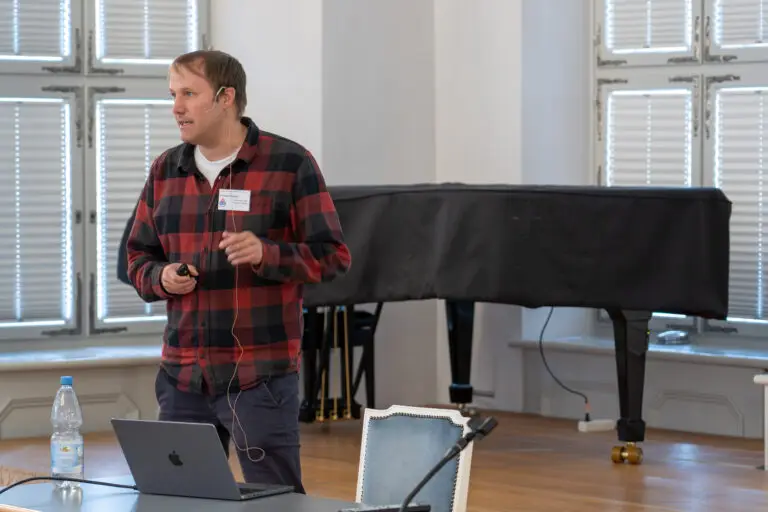
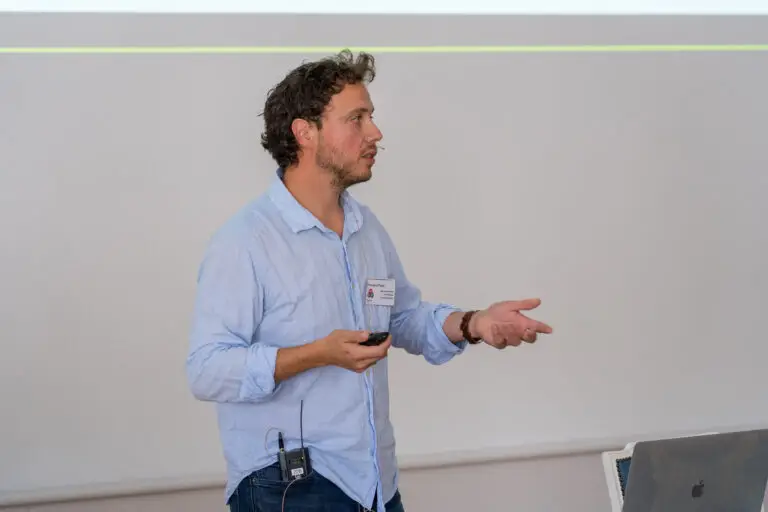


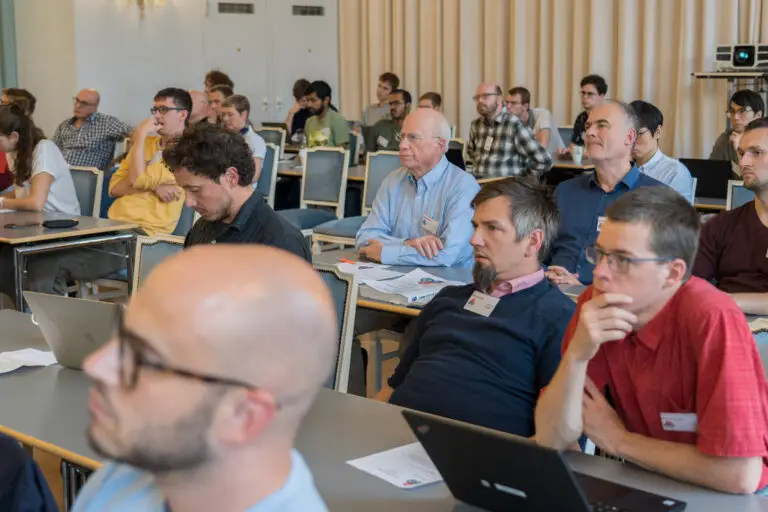
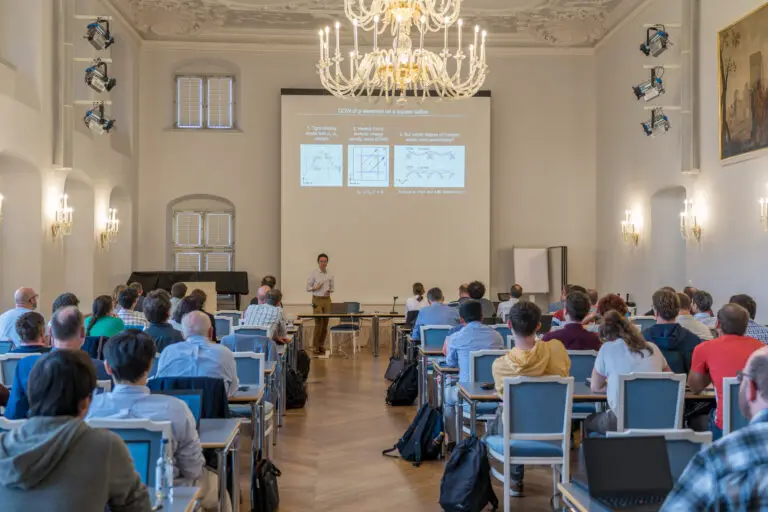
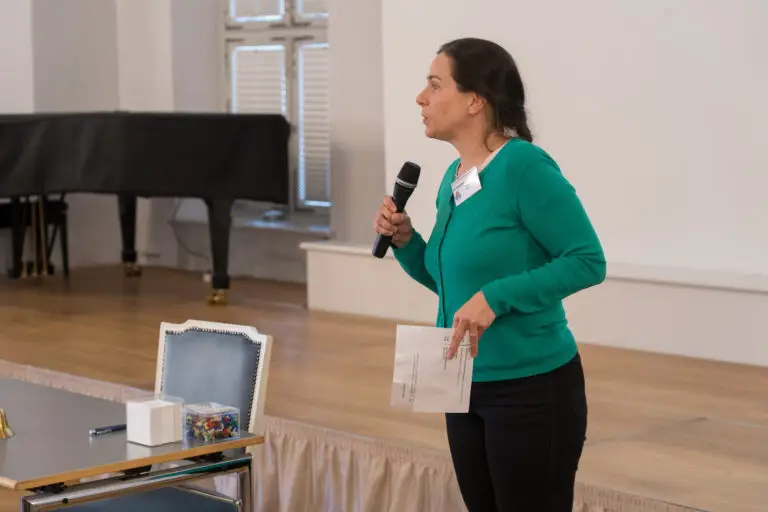
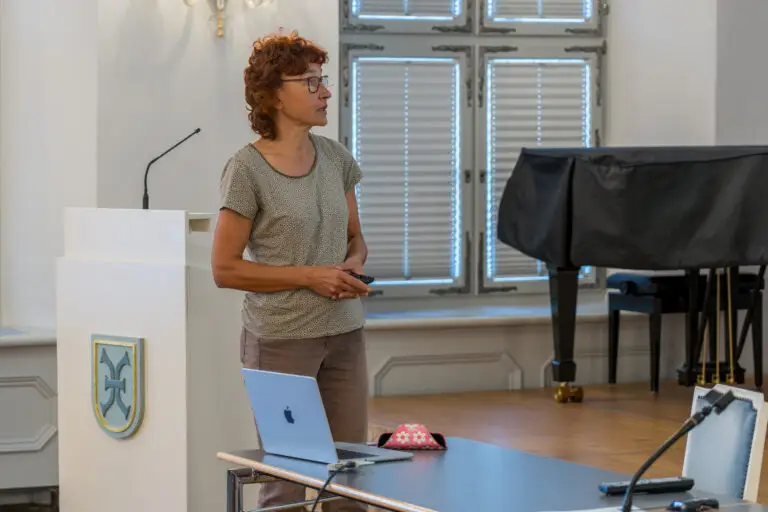
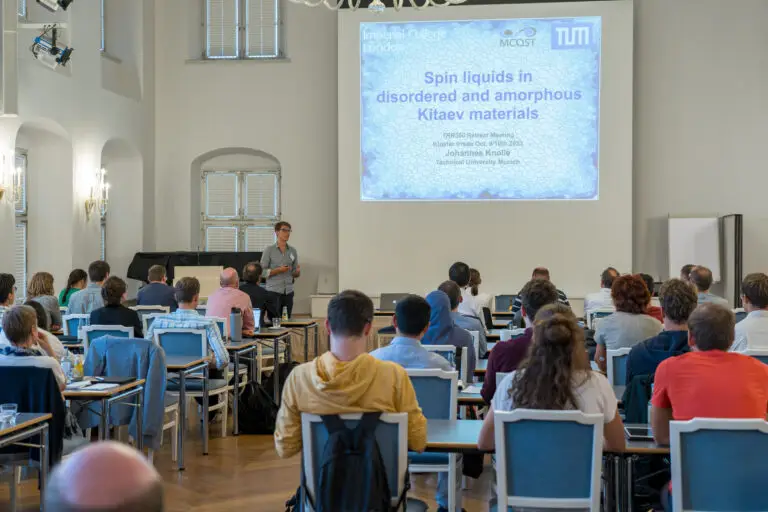
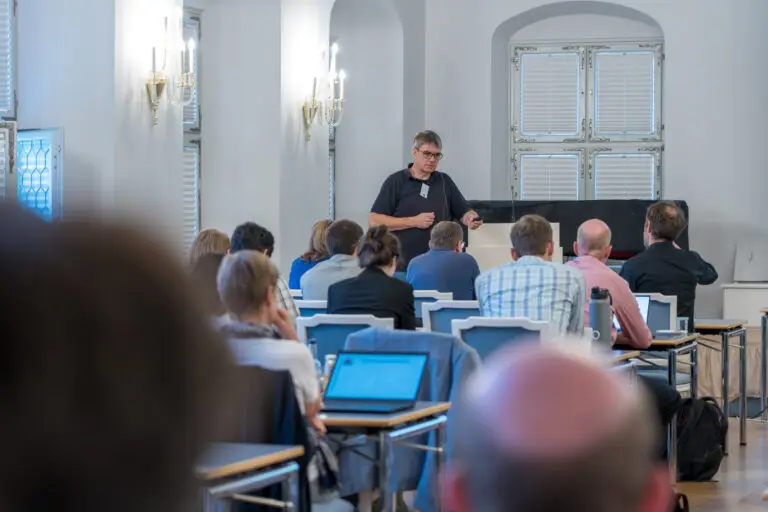
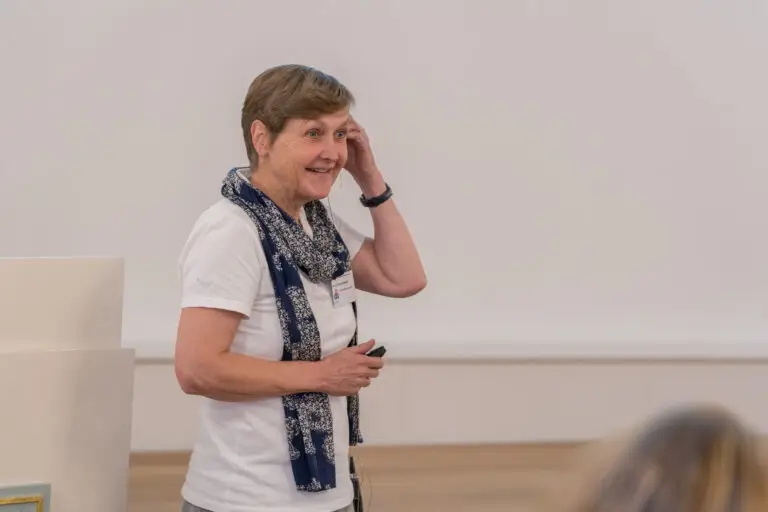
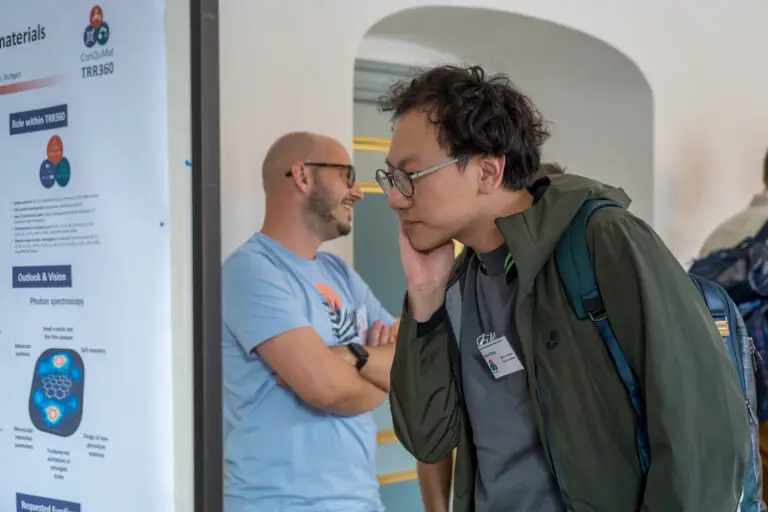


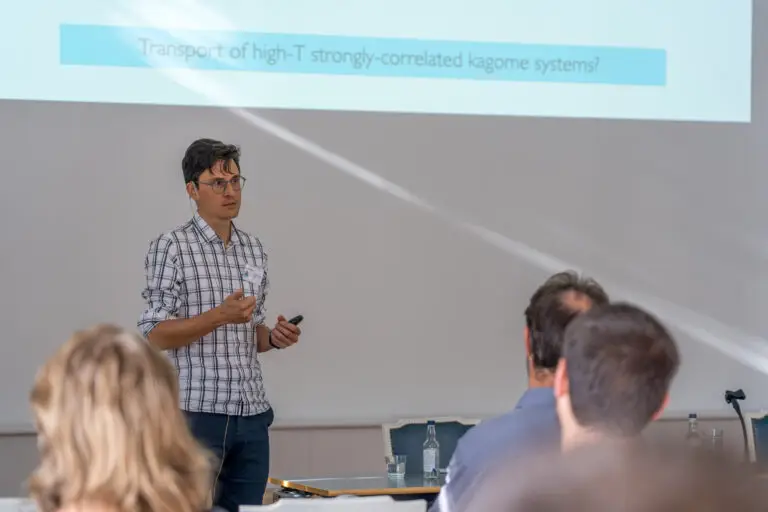

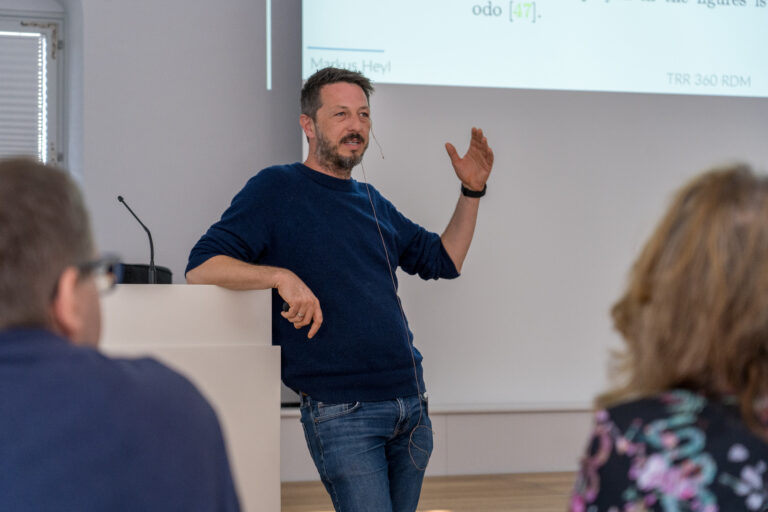


Unsere Mission
Willst du genauer verstehen, was das Ziel des TRR360 ist? Hier wird die Forschung anschaulich für Nichtphysiker erklärt.
das TRR360-Team
Lerne die Gesichter hinter dem TRR360 kennen und finde heraus welche Einrichtungen sich an diesem großen Forschungsprojekt beteiligen! (nur auf Englisch)
Outreach - Öffentlichkeitsarbeit
Es gibt viele Angebote, um die Forschung aus dem Projekt ConQuMat der Öffentlichkeit zugänglich zu machen. Egal ob durch einen Blog, Spiele oder Erlebnisveranstaltungen – tauchen Sie mit uns in die faszinierende Welt der Quantenmaterie ein!
